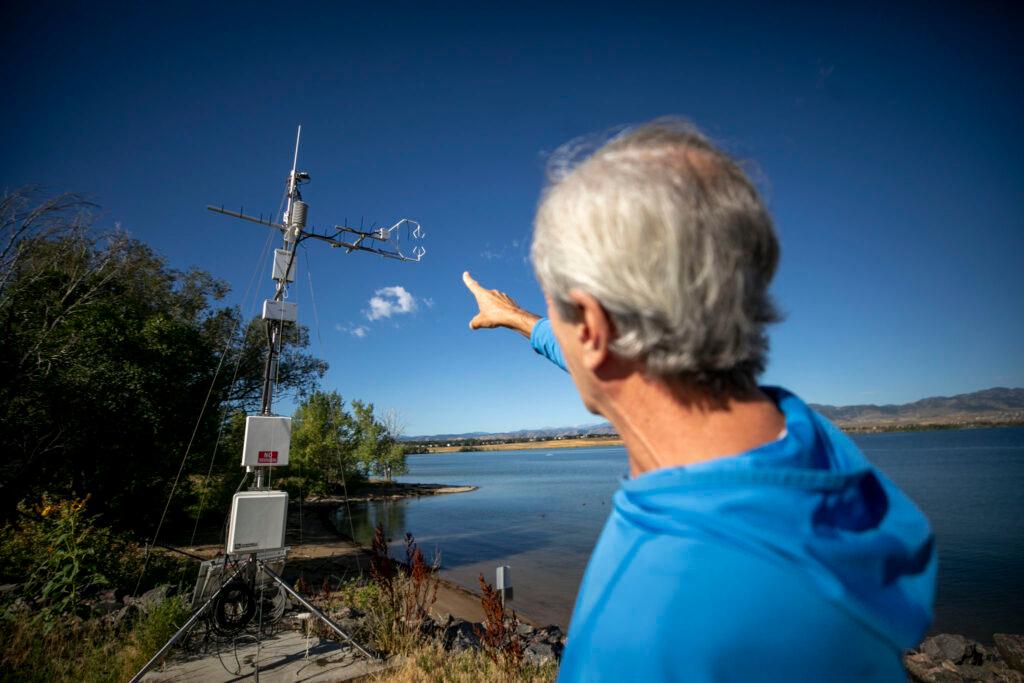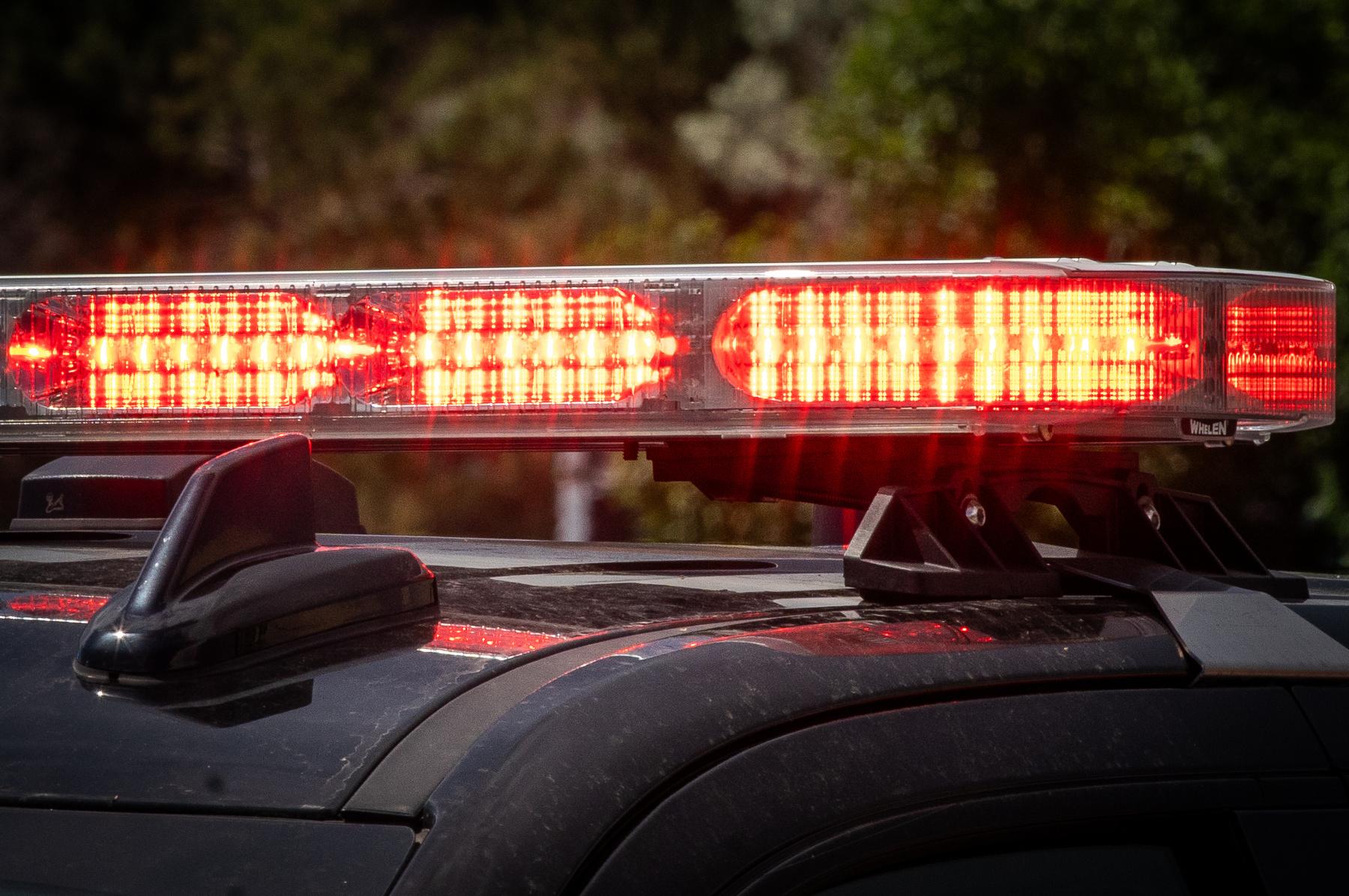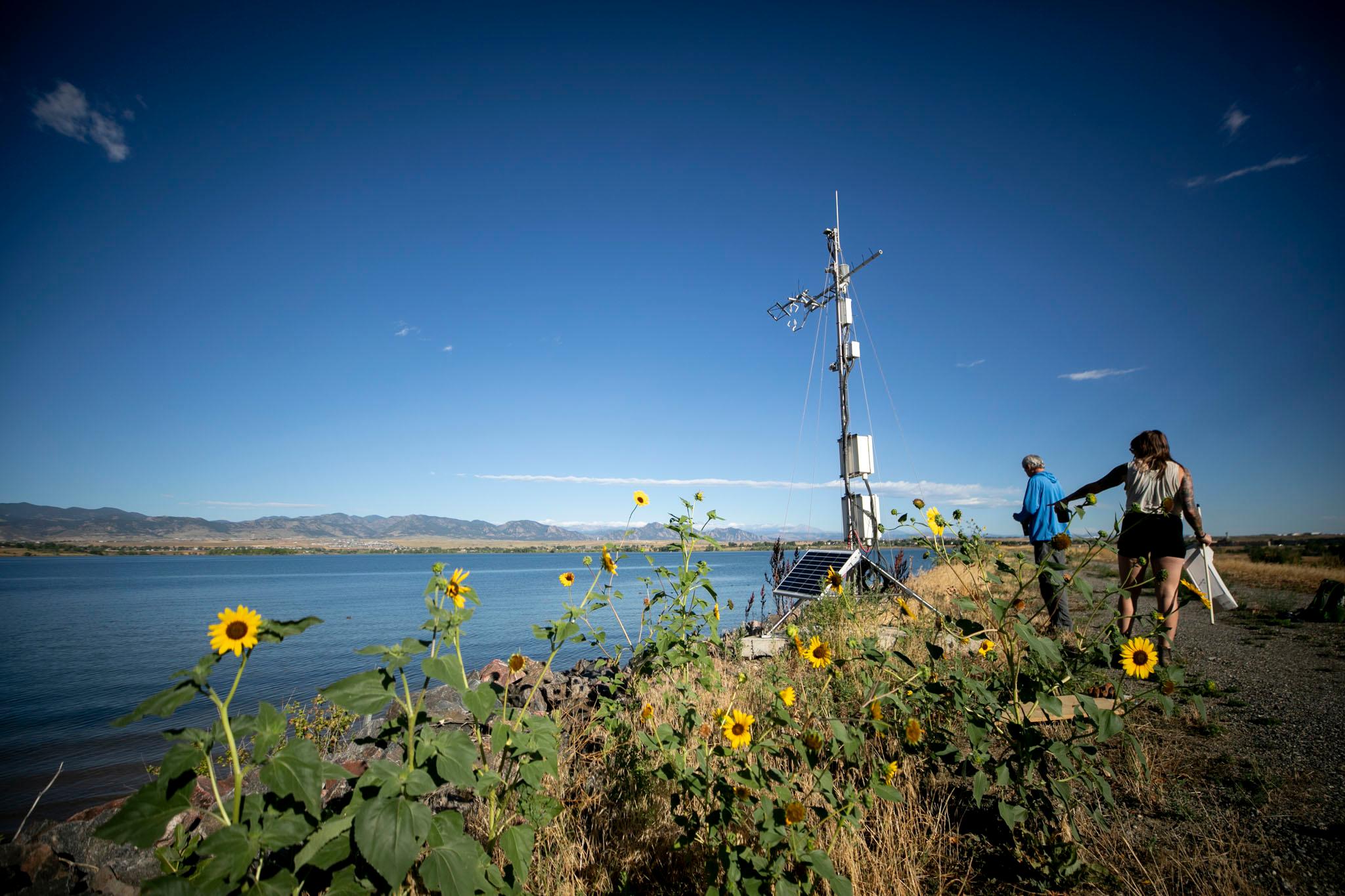
On a hot August day, CU Boulder climatologist Peter Blanken and Ph.D. student Holly Roth cleaned a $50,000 weather station at the edge of Standley Lake to measure a phenomenon even grade schoolers know about: evaporation.
Evaporation is the natural process of liquid water turning into water vapor. As Colorado and Western states heat up, more water evaporates into the atmosphere, leaving less for irrigation and drinking water supplies. It’s a vicious feedback loop: Warmer, drier air triggers more evaporation, which creates warmer air, and so on.
“As the lake is warming, the atmosphere is warming, so the rate of evaporation will increase,” said Blanken, also a professor at the university. “We can’t fight that. It’s going to happen.”
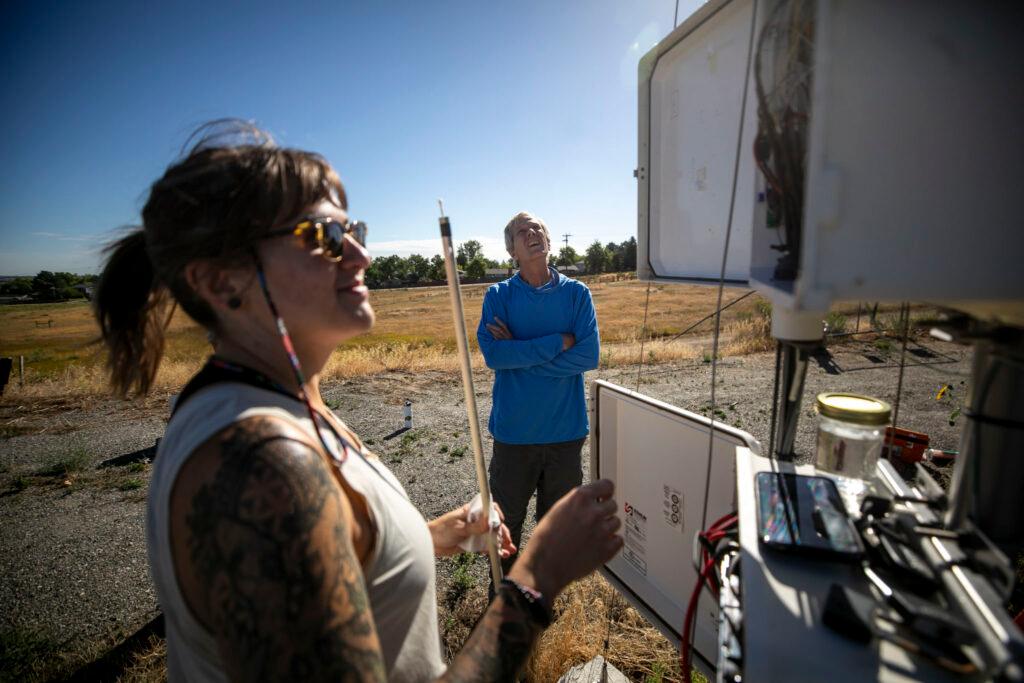
Evaporation is a big deal because it eats into our declining water supply, at a time when the entire West is in a record mega-drought. The problem is that the tools historically used to measure evaporation are stuck in the 1900s.
“Better understanding [evaporation] as a whole, and how it varies in time and space, is a key need on the Colorado,” said the Desert Research Institute’s Chris Pearson, who studies high-tech techniques to measure evaporation.
The Colorado River basin supplies drinking water to 40 million people, but its actual flow is down about 20 percent over the last century. Already, the river loses nearly 30 percent of its water to evaporation from reservoirs and from plants along its route.
Water for agriculture gobbles over half of the Colorado River’s flow, so evaporation losses might not seem like much. But with seven states and Mexico grappling over how to reduce their water usage, accounting for every last drop is more important than ever.
Simple Methods from a Simpler Time
Reservoir managers need to understand all the water coming into and out of a reservoir — known as the water balance — so that everyone, including the river itself, receives the water they’re entitled to.
There’s both a scientific and legal reason to better understand evaporation.
More granular evaporation data means reservoir managers can make better decisions, like when to release water. In Western states, water is also treated like expensive property, and its usage is legally tracked. In Colorado, people, businesses and towns pay for their right to use water, and some of those rights date back to the 1800s. Older rights are first in line to receive water when there’s more demand than supply.
“It all ties back to water rights,” said Corey DeAngelis, a state Division Engineer who oversees Standley Lake near Denver. “Accounting for evaporation is important on a reservoir, to properly account for the water in the system.”
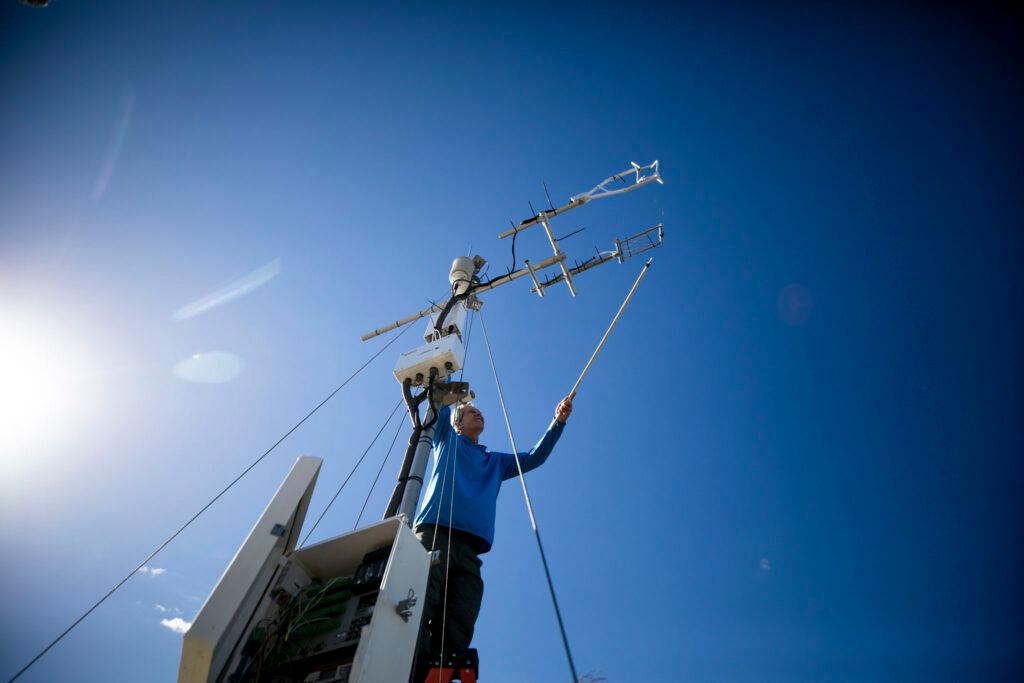
For decades, water managers measured evaporation using an “evaporation pan” that resembles a gigantic deep-dish pizza pan. Reservoir managers fill the pan with water, account for any precipitation coming in, and then measure the difference hours later. After a few basic calculations, managers can estimate how much water evaporated from an entire reservoir.
Pans are cheap and easy to operate, but they hardly mimic evaporation over a large, deep reservoir. They typically overestimate evaporation in the spring, because they heat up much faster than reservoirs. Blanken, the CU professor, installed a pan at Standley, which sometimes overestimated evaporation by double compared to his weather station.
Pans are also removed in winter because they freeze, and they’re rarely placed over reservoirs themselves, so they can’t replicate over-water conditions.
“A water balance operates a lot like your checking book,” Pearson, with DRI, said. “We need to know all the incoming water as well as all the outgoing water. And if we have one of those pieces out of balance, over a long period of time it can add up.”
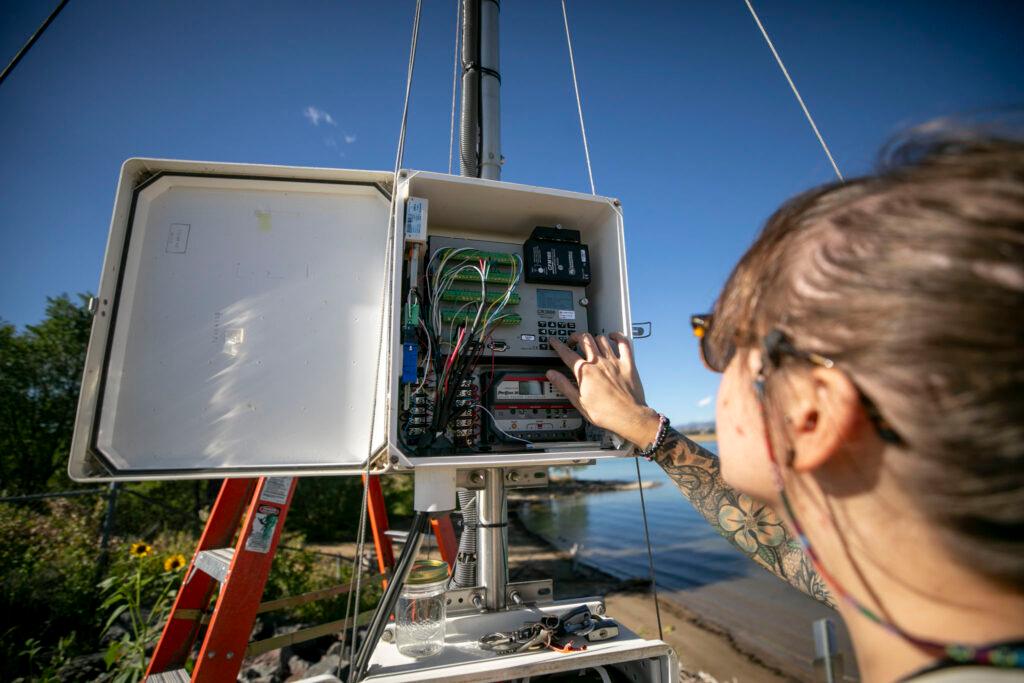
By the summer, pans might align with more advanced measurements and their inaccuracies might cancel out by the fall, according to Blanken. State water accounting at Standley Lake happens monthly, however, so errors can carry over and affect how much water the reservoir releases downstream.
The reservoir provides drinking water for 250,000 people and will keep using pan estimates until Blanken and Roth complete their study. But its operators are eager to keep as much water in the reservoir as its users have paid for.
“The new equipment gives us a little more refined look at evaporation,” said Bob Krugmire, with the Standley Lake Operating Committee. “The better reading you can get, the better you can manage your overall system.”
The Cadillac of evaporation monitoring
Roth and Blanken’s weather station uses a technique called “eddy covariance” to measure evaporation.
Eddies are swirling patches of air that can range from inches to miles wide. Blanken says an easy way to visualize them is the swirls in Van Gogh’s “Starry Night.”
When reservoir water evaporates, warm humid air from the surface rises while drier air from the atmosphere sinks. Calculating the relationship between water vapor in the air, and the speed and direction of that air, is the heart of eddy covariance.
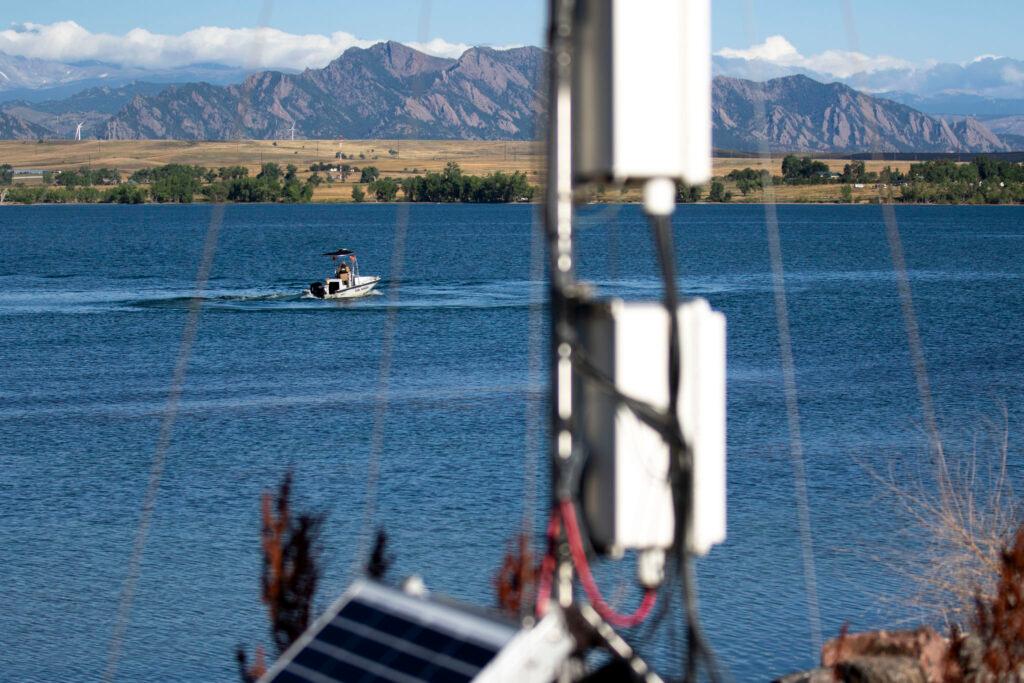
Two finely tuned instruments on the weather station capture those measurements, which are partly crunched by an onboard computer, to estimate evaporation.
“As far as on-the-ground-style measurements, the eddy covariance technique is the gold standard when it comes to quantifying evaporation,” said Pearson with DRI.
The Bureau of Reclamation, which manages the Colorado River’s largest reservoirs, seems to agree. Lake Mead had been using historical pan measurements since 1958 before it switched over to an eddy covariance station in 2021. The historical measurements ranged from nearly a quarter over or under at times compared to newer estimates.
Lake Mead stores water for 25 million people in Arizona, California and Nevada, which form the lower reach of the Colorado River basin. Those states still do not account for Mead’s evaporation when they use water, a sticking point in negotiations over the river’s future.
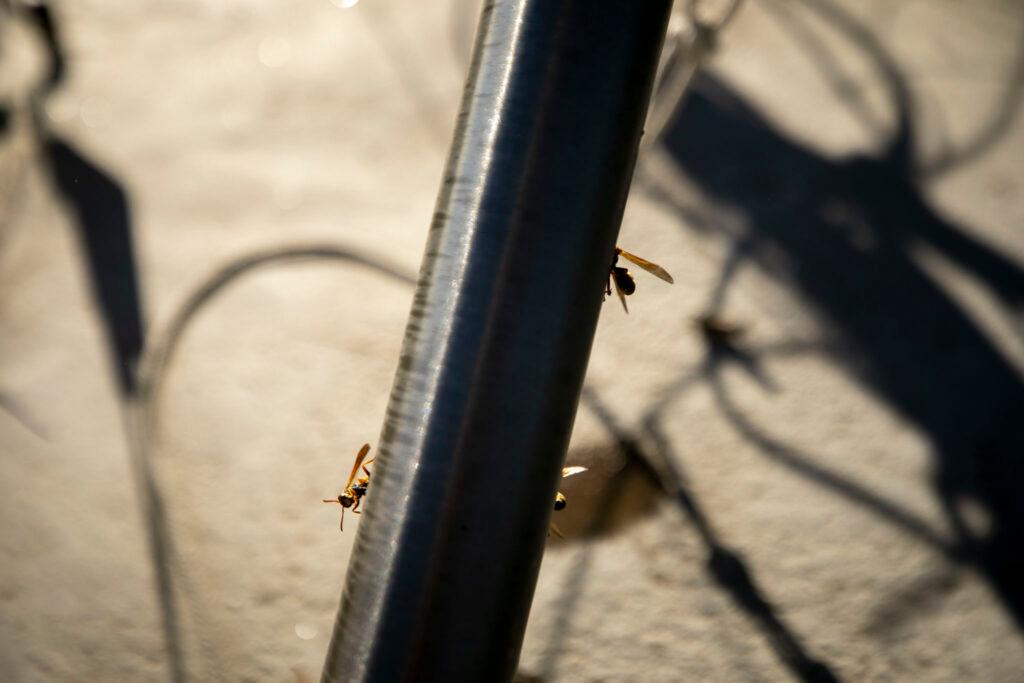
Some cities have tried to out-engineer evaporation, with limited success.
In 2015, Los Angeles dumped 96 million “shade balls” into a reservoir to stave off evaporation and improve water quality. But it cost $34.5 million, and mandatory water restrictions in L.A. saved much more water.
Eddy covariance is cheaper by comparison, but it still requires technical expertise and expensive instruments. The hope of Blanken’s research is to provide monthly corrections for pan measurements at Standley, so they can eventually take down their weather station.
One day, Roth and Blanken hope to create detailed evaporation models using just a few weather stations. Those models could then be applied to reservoirs all across the West to better manage a dwindling resource. Reclamation also received nearly $30 million in April to improve its drought strategies, including by expanding eddy covariance stations.
“All reservoirs do not need this instrumentation — it’s just not practical and it’s expensive,” Blanken said. “But if we can do a few systems like this, and match it with some simpler techniques, then we’ve made a lot of progress.”
